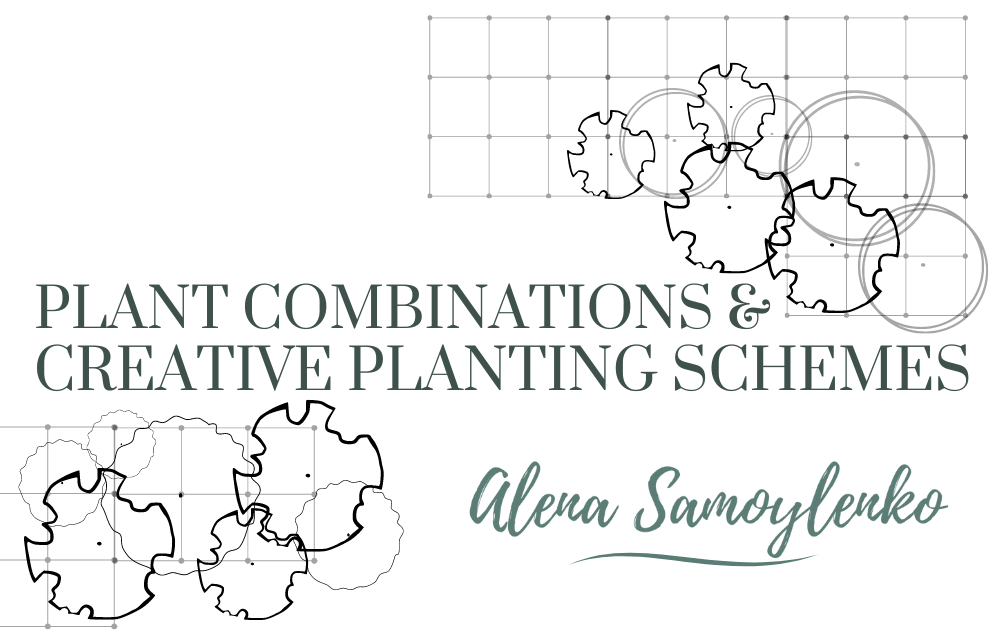Continuing our series on companion plants for roses, I’d like to highlight one of my personal favorites: Mary Ann (Rosen Tantau, 2012). This compact, bushy hybrid tea rose is known for its large, nostalgic cup-shaped blooms. The flowers, quartered and full of character, shift in color depending on the weather, ranging from deep orange to apricot. Their fruity fragrance makes them perfect for cutting, while the dark, ribbed, and leathery foliage offers excellent disease resistance.

Although the official height listed by Rosen Tantau is 70-100 cm, my experience suggests that Mary Ann can grow taller, with the bush becoming quite voluminous. In mass plantings, I recommend spacing them at least 60 cm apart.
For companion planting, it’s important to account for the future size of both the rose and the companion plant. By the third year, Mary Ann is expected to have a width of approximately 1 meter. To determine the optimal distance between the rose and the companion plant, we calculate using half the diameter of the rose bush (50 cm) plus half the diameter of the companion plant.
For example, if you’re planting Geranium ‘Rozanne’, which grows to be about 80 cm wide, you would need to space the two plants approximately 90 cm apart (50 cm from the center of the rose plus 40 cm from the center of the geranium).

Mary Ann’s bold color can dominate a garden, making it a bit tricky to pair with other roses. I’ve tried it with soft yellow varieties, but its brightness tends to overshadow them.

A combination with bright crimson roses worked better, creating a more harmonious contrast.

However, based on my experience and feedback from clients, the best way to showcase Mary Ann is by planting it in its own group, surrounded by perennials and grasses against a backdrop of shrubs.
This variety truly shines when set against dark-leaved shrubs, which enhance its peach-to-crimson tones. Consider using a hedge of Fagus sylvatica ‘Atropurpurea’ or Berberis thunbergii ‘Red Rocket,’ with a height of about 150 cm to create a dramatic backdrop for Mary Ann‘s bright blooms.

To balance these bold colors, I suggest incorporating ornamental grasses that bloom in early summer, such as Deschampsia cespitosa ‘Bronzeschleier’ or Stipa gigantea ‘Goldilocks.’ These grasses will soften the composition and add movement and texture, making the overall design more dynamic. For the foreground, Heuchera works well.


If you’re looking to add a pop of color, Geranium ‘Rozanne’ offers a striking accent to your garden.


To sum up, Mary Ann is a vibrant rose that stands out best when planted with perennials and ornamental grasses, rather than alongside other roses. It really shines when placed against a dark-leaved hedge, where its bold color can create a balanced yet eye-catching display. I hope this post has sparked some ideas for combining this stunning variety with the right companions.
If you have a rose variety you’re struggling to pair with other plants, feel free to leave a comment—I’d love to help you find the perfect companions to highlight its beauty.





Leave a Reply